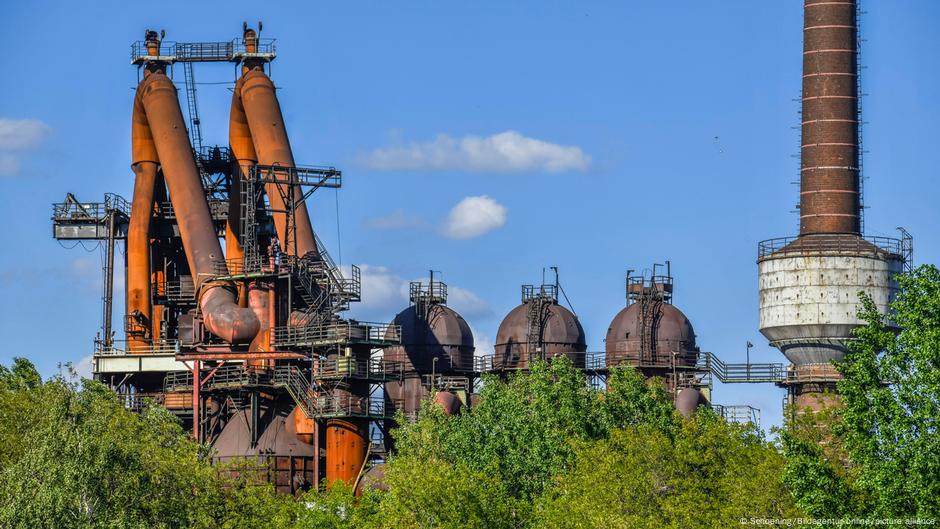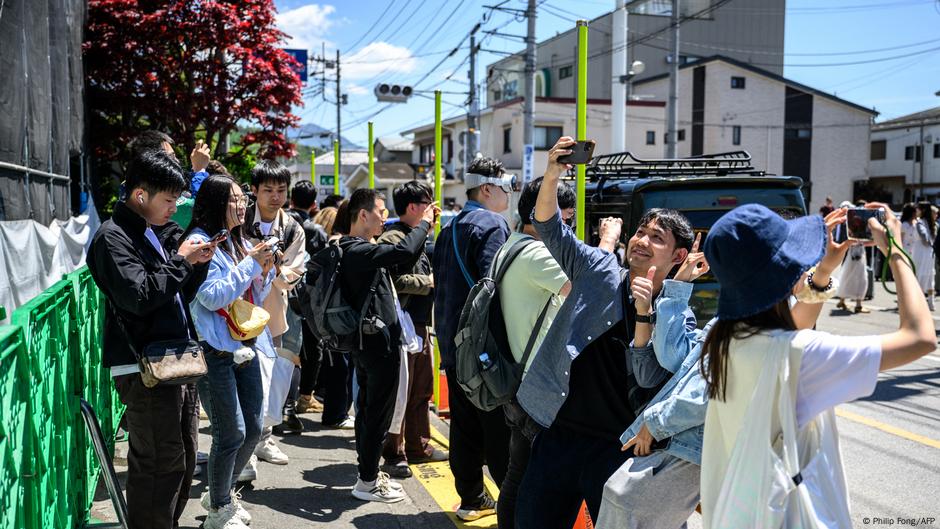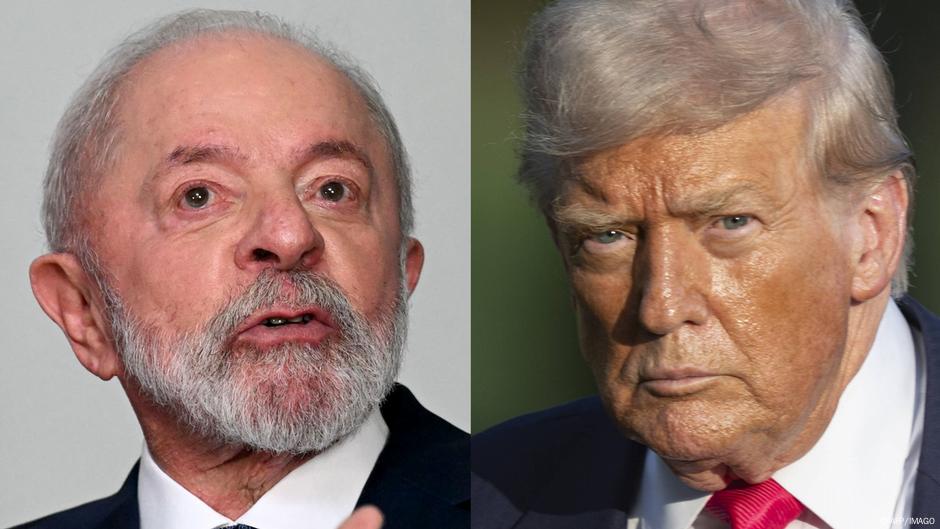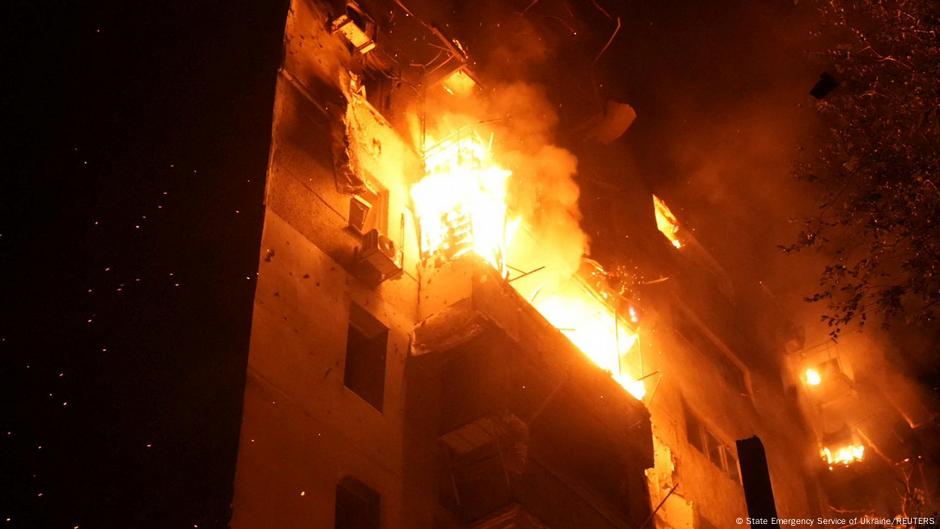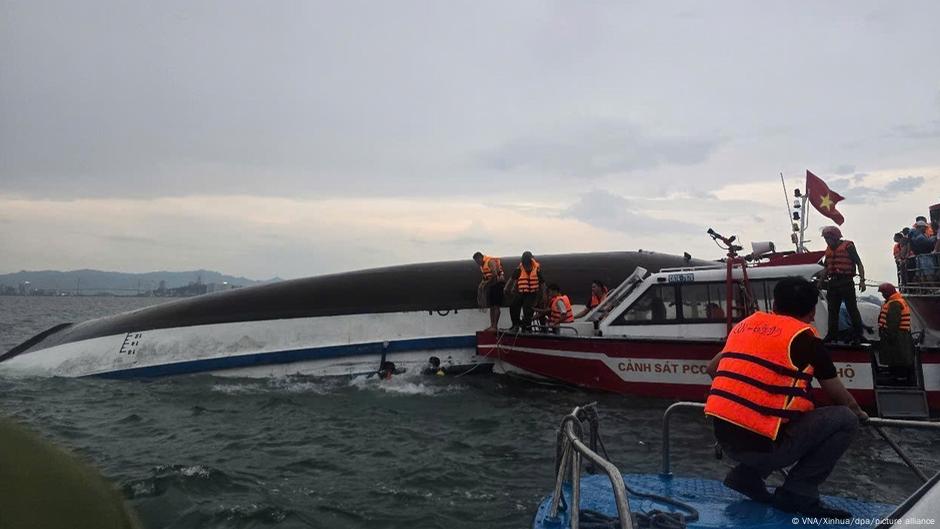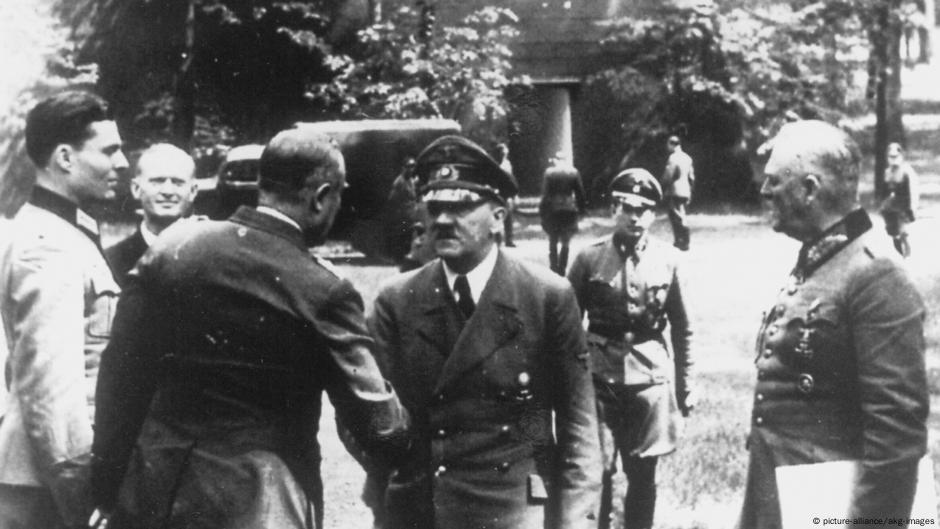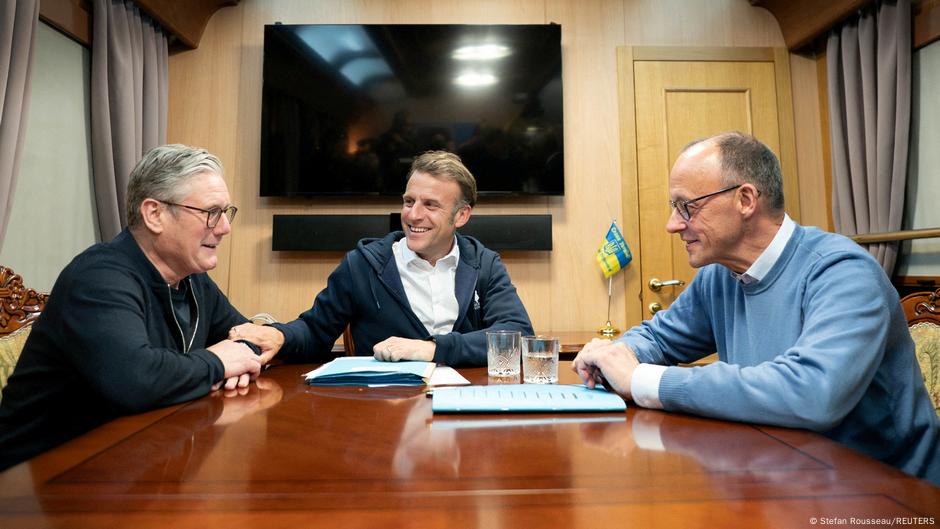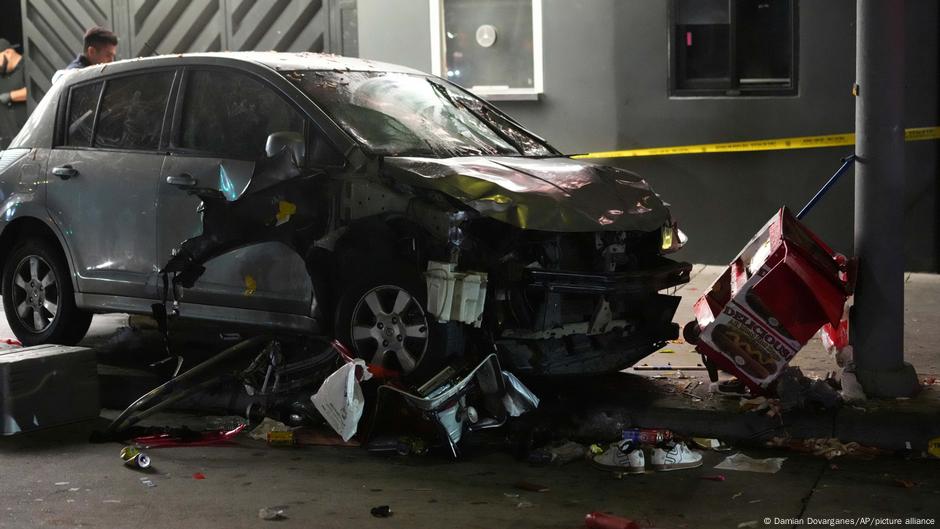As Germany has pledged to become carbon-neutral by 2045 — five years earlier than the rest of the European Union — the steel industry must cut up to 55 million metric tons of CO₂ annually, which is roughly 30% of all industrial emissions, according to the German Steel Federation lobby group.
German steelworks, like the one seen here in 1997, still emit massive amounts of carbon dioxide.Image: picture-alliance / dpa
In order to make German steel production significantly more sustainable, the previous government comprising the Social Democrats, the environmentalist Greens and the pro-business FDP had embarked on policies encouraging the use of hydrogen with huge state subsidies.
Green hydrogen produced with renewable energy is planned to replace coal in the industry.
Why ArcelorMittal pulled plans for green steel in Germany
One of the steelmakers who had initially applied for government subsidies was Luxembourg-based steel conglomerate ArcelorMittal, under a corporate plan that intended to make the company’s two German steel works carbon-neutral by 2050.
The German government supported the plan, offering €1.3 billion (that the European steel market is currently under “unprecedented pressure, with weak demand and high levels of imports.”
Billions in subsidies likely not enough
The pullout of ArcelorMittal from the German green steel plan highlights the risk for companies to fully embark on a green transition course.
The €1.3 billion in German state money were primarily intended to cover the massive upfront costs of building new production facilities. But that’s only part of the problem.
Using green hydrogen in steel production — produced by the electrolysis of water, using renewable electricity mainly from wind and sun — is still more expensive than grey hydrogen based on natural gas or coking coal.
Green transition poses risks to European steelmakers
To view this video please enable JavaScript, and consider upgrading to a web browser that supports HTML5 video
Yet, green steel must ultimately compete on global markets with cheaper, conventionally produced steel. And while changes in global coal prices affect all steelmakers equally, says Stefan Lechtenböhmer, switching to hydrogen-based production means “entering a completely different market.”
“Hydrogen is produced locally, and long-distance transport is still very difficult today,” the professor at the University of Kassel in Germany told DW, adding that green hydrogen requires large amounts of electricity, meaning that local power prices directly impact its cost.
Germany’s hydrogen target a pie in the sky?
But the issue isn’t just cost; supply is also a major challenge. German steelmakers will need a reliable and sufficient supply of green hydrogen, a portion of which is supposed to be produced domestically.
The use of hydrogen is rising in Germany, but domestic supply is unable to meet demand.Image: Max Brugger/REUTERS
According to Germany’s National Hydrogen Strategy, the country aims to build up 10 gigawatts (GW) of electrolyzer capacity by 2030 to produce green hydrogen.
But that target appears to be wishful thinking, because as of February 2024, Germany had just 0.066 GW of installed electrolyzer capacity, data from the government’s Energy Transition Monitoring Report shows.
“It’s almost impossible to meet the 2030 target now,” Martin Wietschel, energy expert at the Fraunhofer Institute for Systems and Innovation Research, told German ARD public television recently.
Hydrogen imports essential but inefficient
Energy experts agree that most of the hydrogen Germany needs will have to be imported from other countries, which is why the government has revised its strategy, now assuming that between 50% and 70% of the projected 2030 demand will have to be sourced from abroad.
Berlin is now working to make sure that both foreign production capacity and extensive transport infrastructure will be in place by then.
At the European Union level, a range of hydrogen infrastructure projects are in the pipeline to be completed by 2030 — including repurposing natural gas pipelines to carry hydrogen and constructing entirely new ones.
Here, too, progress is hampered by setbacks. Several pipeline projects, for example, have been canceled or delayed, including a North Sea pipeline to Germany planned by Norway’s Equinor, and a pipeline from Denmark.
Germany partners with Africa on green hydrogen energy
To view this video please enable JavaScript, and consider upgrading to a web browser that supports HTML5 video
At the same time, shipping hydrogen across oceans is also not yet viable on a large scale. Hydrogen must be liquefied for ship transportation in a process that requires cooling it to minus 253 degrees Celsius (minus 423 degrees Fahrenheit).
Alternatively, it can be converted into ammonia for transport, but that would lead to energy losses of around 50%, says Lechtenböhmer.
Citește mai multe știri pe top10stiri.ro
As a result, transportation costs would cancel out the cost advantages of wind- or sun-rich countries like Namibia, Chile, or Australia, the expert added, which were touted as promising green hydrogen partners for Germany.
Some steelmakers stay the course
Given the soaring costs and sluggish investments on both the supply and demand sides, a study by the Institute of Energy Economics (EWI) at the University of Cologne, Germany, doubts the EU’s and Germany’s 2030 goals for green steel are still achievable.
But despite the challenges, ArcelorMittal is not abandoning green steel altogether — it’s just shifting production to countries with more predictable and affordable electricity supplies.
ArcelorMittal is now decarbonizing steel production with cheap electricity from the Gravelines nuclear power plant near DunkirkImage: Getty Images/AFP/P. Huguen
In May, the company announced that it will build its first new electric arc furnaces (EAFs) in Dunkirk, France, — one of the countries that are “able to provide visibility and certainty on low-cost electricity.”
The current electricity prices in Germany, the statement added, are high when compared internationally and with European neighbors.
Hold out and wait for EU carbon market
By contrast, German steelmakers Thyssenkrupp and Salzgitter AG say they remain committed to Germany as the location for producing green steel.
Following ArcelorMittal’s pullback, both companies, however, called for faster infrastructure development and better safeguards for competitive energy prices.
Unlike ArcelorMittal, which owns steelworks all over the world, the two companies’ operations are solely based in Germany, lacking the flexibility to relocate production abroad.
Public procurement could help them, particularly as the current government plans to spend massively on revamping German infrastructure under a multi-billion-euro investment plan.
Chancellor Friedrich Merz (right) and Finance Minister Lars Klingbeil want to spend billions to shore up German industry in transitionImage: Michael Kappeler/dpa/picture alliance
That money could also be used to support green steel production, Lechtenböhmer argues, but the government must be “willing to pay higher prices for green steel.”
In the long run, steel prices in Europe — whether conventional or green — are likely to rise due to a new EU emissions trading system coming into force in 2027.
At the moment, says Lechtenböhmer, most industrial companies have received their emissions allowances for free. But the EU’s new scheme will introduce a carbon market that will likely boost prices for coal-based steel compared with green steel.
A study by the Boston Consulting Group projects that conventional steel will no longer be economically viable in Europe after 2030.
This article was originally written in German.
Send us your feedback
Sursa: DW
